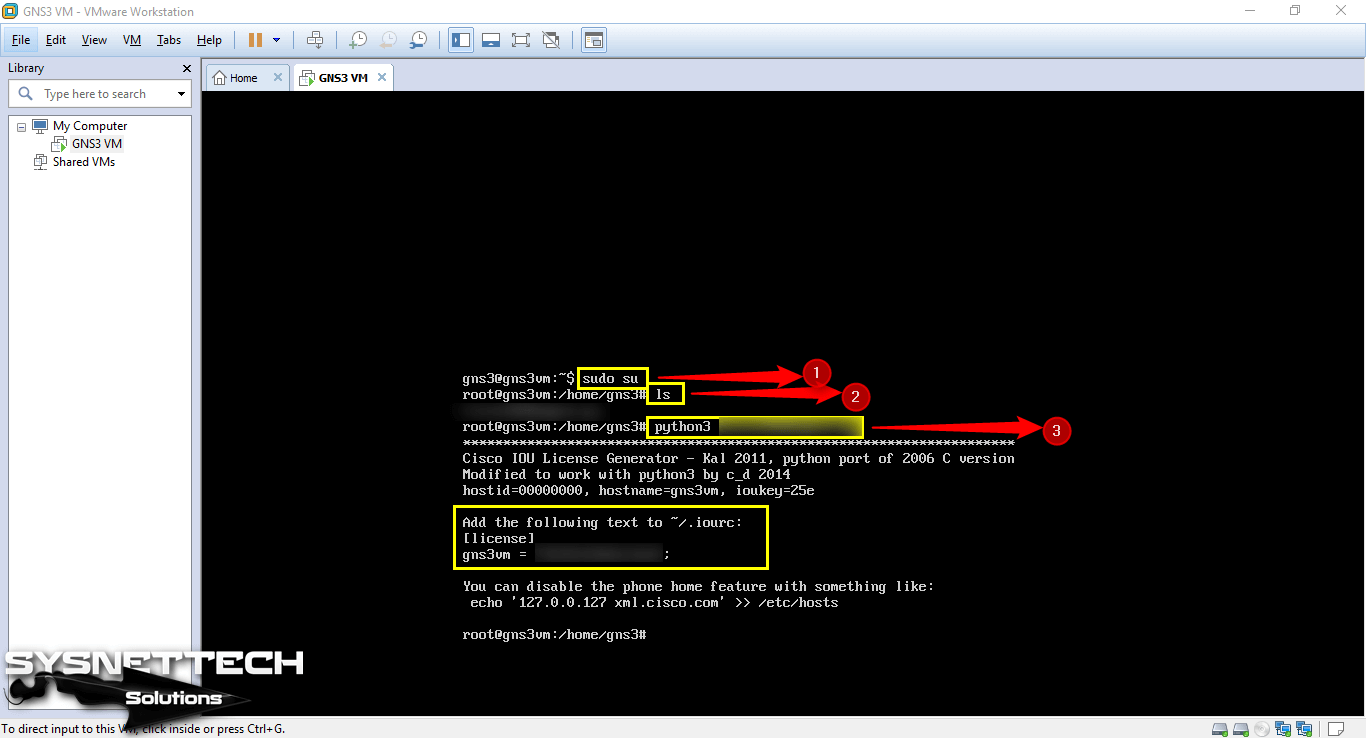For those that have been using Cisco IOS 12 forever, you may not have realized that Cisco has begun rolling out IOS 15. Although there are a lot of technical changes and features that are being introduced, IOS 15 introduces a new licensing scheme that may throw old users for a loop.
Previous versions of IOS were bundled in release types that included software features Cisco deemed suitable together. For example, the Service Provider release included various routing protocols and other features Cisco thought service providers were most likely to take advantage of. It lacked some of the features included in enterprise versions for the same reason.
Cisco License Generator - fasrct For those that have been using Cisco IOS 12 forever, you may not have realized that Cisco has begun rolling out IOS 15. Although there are a lot of that are being introduced, IOS 15 introduces a new licensing scheme that may throw old users for a loop. This lesson explains Important Key Combinations of Cisco IOS Command Line Interface (CLI), which can be used to navigate Cisco IOS Command Line Interface (CLI) and Cisco IOS Shortcut Keys.
IOS 15 will ship as universal software images that include all features. If you're tired of hunting through long lists of feature sets to find the right image to download, you'll be really happy with this change. Additionally, your entire infrastructure will use one image. That should make deployments a lot easier.

To access the features you need, Cisco will be selling Software Activation Licenses. Each license is assigned to a specific device and can only be used to activate features on that device. The trade-off for maintaining a single image across your infrastructure is dealing with licenses for each of your devices. Fortunately, upgrading IOS does not require a new license.
Finally, if you're one of those network admins that used your CCO access to download images you hadn't actually paid for, you're ability to do that is going to disappear.
Download Cisco Ios

Related Posts
Cisco Asa Activation Key Generator
In continuation of my Cisco IOS XR posts, this one will be on how to install license files on the Cisco IOS XR code train.
The following L3VPN licenses are available for Cisco IOS XR:
L3VPN License | Feature | Low Quueue Line Card | Medium Queue Line Card | High Queue Line Card |
| A9K-IVRF-LIC | Up to 8 VRF | X | X | X |
| A9K-AIP-LIC-B | Full-Scale VRF | X | X | N/A |
| A9K-AIP-LIC-E | Full-Scale VRF | N/A | N/A | X |
Cisco Ios 15 License Key Generator
So, lets get on with this and the ever loving Cisco licensing – well, not just Cisco but all vendors have some type of licensing. With the IOS XR in this case, we need a license to run VRF interfaces on our line cards. In order to request a license, you need to have a PAK key that you purchase, once you have that you will need to gather some information to request the license key.
From the command prompt, enter the admin mode
RP/0/RSP0/CPU0:R2#admin
Tue Apr 17 01:34:35.939 UTC
From there, enter the command show license udi
RP/0/RSP0/CPU0:R2(admin)#show license udi
Tue Apr 17 01:34:38.950 UTC
Local Chassis UDI Information:
PID : ASR-9010-AC
S/N : FOXXXXXAAAA
Operation ID: 1
RP/0/RSP0/CPU0:R2(admin)#
This information will be used on the Cisco License site – www.cisco.com/go/license (CCO Account required). Once you have submitted the PAK request, Licensing@cisco.com will send you the license file as an attachment within a few hours.
Once you have received the license file, you will need to copy it to the router via TFTP or some other method. The license file will also include the instructions to add it, and I have included them here as well. The license file we will be installing is called foo.lic and is on TFTP server 1.1.1.2
RP/0/RSP0/CPU0:R1#copy tftp: compactflash:
Wed Apr 11 05:23:23.259 UTC
Address or name of remote host []?1.1.1.2
Source filename [/tftp:]?foo.lic
Destination filename [compactflash:]? [just hit enter]
Accessing tftp://1.1.1.2/foo.lic
C
1199 bytes copied in 0 sec
RP/0/RSP0/CPU0:R1#admin
Next we can use the license add command from Admin mode
RP/0/1/CPU0:CRS#
RP/0/1/CPU0:CRS(admin)#license add compactflash:/foo.lic
RP/0/1/CPU0:Mar 16 16:01:37.077 : licmgr[252]: %LICENSE-LICMGR-6-LOAD_LICENSE_FILE_OK : All licenses from license file compactflash:/foo.lic added successfully
License command “license add compactflash:/foo.lic sdr Owner” completed successfully.
RP/0/1/CPU0:CRS(admin)#
Now we need to see if is has been added via the show license command
RP/0/1/CPU0:CRS(admin)#show license
FeatureID: foo (Slot based, Permanent)
Available for use 1
Allocated to location 0
Active 0
Pool: Owner
Status: Available 1 Operational: 0
Pool: sdr1
Status: Available 0 Operational: 0
Once the license has been successfully added, we now need to assign it to a line card slot. Again, this is done from Admin config mode
RP/0/RSP0/CPU0:R1(admin)#config
To assign the license, the command is license (License) location (LocationID). In our case, we are going to apply A9K-iVRF-LIC. The question mark will show you what location are available for this license.
RP/0/RSP0/CPU0:R1(admin-config)#license A9K-iVRF-LIC location ?
0/0/CPU0 Fully qualified location specification
0/1/CPU0 Fully qualified location specification
0/RSP0/CPU0 Fully qualified location specification
WORD Fully qualified location specification
all all locations
Now we can apply the licenses that we have to 0/0 and 0/1:
RP/0/RSP0/CPU0:R1(admin-config)#license A9K-iVRF-LIC location 0/0/CPU0
RP/0/RSP0/CPU0:R1(admin-config)#license A9K-iVRF-LIC location 0/1/CPU0
RP/0/RSP0/CPU0:R1(admin-config)#commit
Thu Apr 19 03:13:44.883 UTC
RP/0/RSP0/CPU0:R1(admin-config)#exit
RP/0/RSP0/CPU0:R1(admin)#exit
Once installed, we should check
RP/0/RSP0/CPU0:R1#sh license
Thu Apr 19 03:13:51.432 UTC
FeatureID: A9K-iVRF-LIC (Slot based, Permanent)
Total licenses 2
Available for use 0
Allocated to location 0
Active 2
Store name Permanent
Store index 1
Pool: Owner
Total licenses in pool: 2
Status: Available 0 Operational: 2
Locations with licenses: (Active/Allocated) [SDR]
0/1/CPU0 (1/0) [Owner]
0/0/CPU0 (1/0) [Owner]
RP/0/RSP0/CPU0:R1#
There they are, assigned to 0/1 and 0/0 as requested.